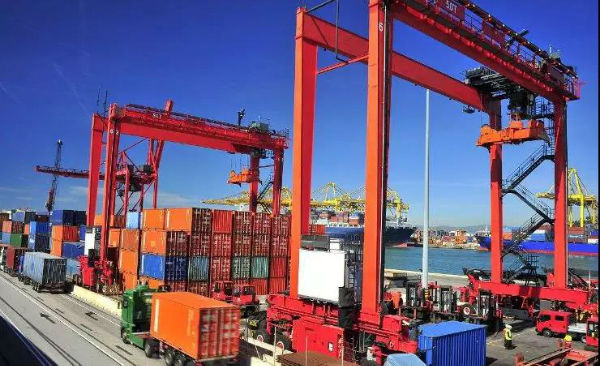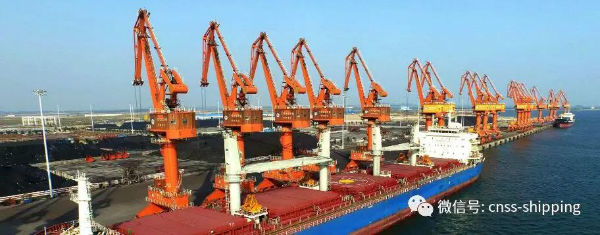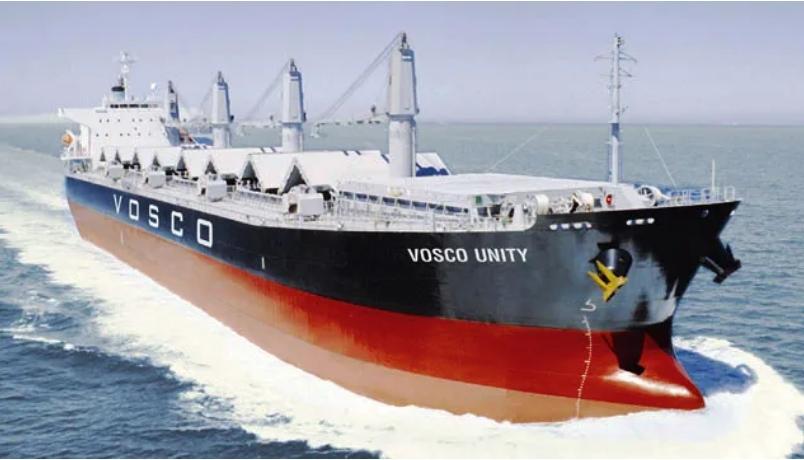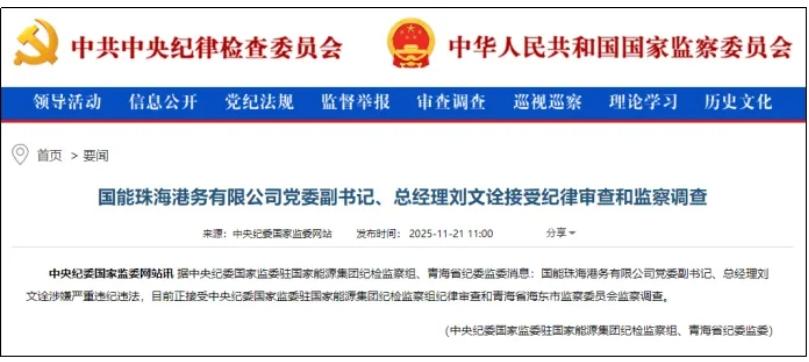General Principles 基本原则
1.13 In its simplest form, a voyage charter therefore provides that:
The vessel shall proceed to (the specified place of loading) and there load (the designated cargo) and being so loaded shall proceed to (the specified place of discharge) and deliver the same.
1.13如果用一个最简单的方式来表示,航次租船合同所规定的就是:
被租用的船舶应驶往(指定的装货地点),在那里装载(指定的货物),载着如此装载的货物驶往(指定的卸货地点)并交付这批货物。
1.14 The two voyage stages are in the hands of the shipowner, whilst loading and discharging are joint operations between the shipowner and the charterer, or those for whom they are responsible. The shipowner’s aim is that all stages should be completed as economically as possible, whilst earning the maximum possible return on his capital investment. The charterer, on the other hand, wishes his cargo to be carried to its destination, at the least possible cost. Time may or may not be of importance to him compared with cost but, to the shipowner, time is money. The voyage stages, including proceeding to sea, are normally to be prosecuted with all reasonable or convenient despatch. However, depending on bunker costs at the time, the shipowner may negotiate to perform the laden voyage at a reduced speed, usually referred to as slow steaming, taking slightly longer but resulting in a lower overall cost, because of the bunker savings achieved.
1.14上述有两个航程阶段是在船东的控制之下,而装货和卸货这两个阶段则属于船东和承租人或需要对之负责的那些人士之间的联合协作。船东的目的是要尽可能经济节俭地完成每一个阶段,从而能够使他的资本投资获取最大限度的回报利润。另一方面,承租人则希望能以尽可能小的成本将他的货物运抵目的地。与成本相比,时间对于承租人来说或许是重要的,也可能并非那么重要,但对于船东来说,时间就是金钱。这种航次的各个阶段,其中包括出海航行在内,通常都是尽可能合理或适宜地迅速履行。然而,根据当时的燃油费用,船东可能会商定以降速航行来履行载货航程,这一般被称之为低速航行,虽然这样做耗时稍长一些,但是由于成功节省了燃料,其结果会使总成本有所下降。

1.15 As far as the periods underway during the voyage stages are concerned, the adventure is normally entirely under the control of the shipowner and it is therefore logical that he should bear the risk of any delay occurring during this time. With regard to the periods not underway during the voyage stages and the time taken during the loading and discharging operations, it is open to the parties to decide which risks of delay each shall be responsible for, together with how long shall be allowed for the loading and discharging operations. As Scrutton LJ said in Inverkip Steamship Co Ltd v. Bunge & Co:
The sum agreed for freight in a charter covers the use of the ship for an agreed period of time for loading and discharging, known as the lay days, and for the voyage.
The apportionment of risk will depend on the freight payable and the state of the freight market, i.e. the amount of commercial pressure that each can bring to bear against the other.
1.15就有关航程中的船舶在航阶段期间而言,冒险海上航程通常都完全是在船东的控制之下,因此从逻辑上讲,他应该承担在此期间所发生的任何延迟的风险。至于航程中非在航阶段期间,以及用于装货和卸货作业的时间,留待合同当事双方协商解决其中每一方应该负责哪种延迟风险,以及装卸作业所能允许的时间长短。正如Scrutton大法官在Inverkip Steamship Co Ltd v. Bunge & Co案中所说的:
在租船合同中所约定的运费总额,包括在约定的装卸货时间内使用船舶的费用,该时间称之谓航次的装卸时间,以及在航程中使用船舶的费用。
风险的分摊将取决于应支付的运费和航运市场的状况,也就是当事双方各自能向对方施加商业压力的大小。
1.16 Voyage charters are divided into two principal types depending on the laytime provisions they contain. There are those with customary laytime and those with fixed laytime. Each will be considered in detail in subsequent chapters.
1.16按照合同中所含的装卸时间的条文,航次租合同以划分为两大基本类型。它们是习惯性装卸时间的程租合同和固定装卸时间的租船合同。在本书以后的各章中,将对每一类型作深人细致的探讨。
1.17 Under a customary laytime charter, the laytime allowed is that length of time which is reasonable in the circumstances appertaining in the particular port with the particular ship at the time of loading or discharging, as the case may be. Since the time will vary from ship to ship and from time to time, the period allowed cannot be determined in advance. In the absence of default by the charterer, the normal risks of delay, e.g. congestion, weather, holidays, strikes, etc., usually lie with the shipowner. If the parties fail to specify how much laytime is allowed, then customary laytime will be implied by law.
1.17根据习惯性装卸时间的租船合同,所允许的装卸时间,依照具体情况,就是在装货或卸货作业时,在适用于有关的特定港口和具体船舶的情况下,属于合理的时间期限。由于这种时间将会因船因时而异,所以事先无法确定所能允许的时间期限。在承租人没有违约的情况下,例如港口拥挤、天气影响、节假日、罢工等,是正常的延迟风险,一般都会落到船东的头上。如果合同当事双方没有定明将允许多长的装卸时间,那么法律便将默示适用习惯装卸时间。
1.18 The other type of laytime allowed is fixed laytime. As its name implies, it is of fixed duration. It may be described either in terms of days or hours, a particular type thereof or as a rate of working cargo. Examples of the former would be "to load in 3 running days" or "to discharge in 7 weather working days", and of the latter, "to load at an average of 2000 metric tons per day" or "to discharge at an average rate of 500 tons per working hatch per working day". The point about fixed laytime is that its duration can in theory be predicted in advance. The reason why it is only "in theory" is that the unit of time chosen by the parties, e.g. weather working days and other clauses in the charter, may cause time to be suspended during the running of laytime so that the actual time taken to expend a given number of days of that type may be more than originally thought. However, in the absence of modifying provisions, the incidence of risk in this type of charter as between the shipowner and the charterer lies entirely with the charterer. In other words, the situation is exactly the opposite of a customary laytime charter. As Lord Selborne LC said in Postlethwaite v. Freeland of the undertaking by the charterer to load within a fixed period of time, that is an absolute and unconditional engagement, for the non-performance of which he is answerable, whatever may be the nature of the impediments which prevent him from performing it and which cause the ship to be detained in his service beyond the time stipulated.
1.18另一种所允许的装卸时间就是固定的装卸时间。顾名思义,它是一种固定的持续期限。它或许通过另一种方式以天数或特定类型小时数表示,或者以货物装卸率的方式来表示。例如,属于前一种的例子有‘装货为3个连续日’或者‘卸货为7个良好天气工作日’,属于后一种的例子有:‘按平均每天2000公吨的速度装货’或者‘按平均每工作日每作业舱口500吨的速度卸货’。固定装卸时间的意义是,它的持续期限能够在理论上事先进行预测。它之所以仅仅是‘在理论上’,其原因就是因为当事双方所选择的时间单位,例如良好天气工作日以及租船合同中的其他条款等,会造成在装卸时间进行期间的时间中断,以至于,相对于该类型所给定的允许花费的天数,实际所花费的时间,很可能会比原来所预想的要多。然而,如果没有限定性的条款,在船东和承租人之间,这种类型合同中的风险的影响将要完全落到承租人一方。换句话说,这种境遇恰好与习惯装卸时间的租船合同相反。正如上议院议长(Lord Chancellor兼首席大法官)Selbome勋爵曾经在固定的时限内由承租人负责装货作业的Postlethwaite v. Freeland—案中说的那样:
对于他应该为之负责的那种不履约行为,无论阻止他履行此项义务的障碍属于什么性质,也不管船舶在为其服务中超过规定的时间之后导致滞留的原因是什么,这都是一项绝对的和无条件的约束协议。

1.19 The parties having decided that the charterer should bear the risk of delay, the reason why this should be an absolute liability was explained by Lord Diplock in The Johanna Oldendorff in the following terms:
Charterparties originated at a period when contractual obligations were as a general rule treated as absolute. A party’s obligation was to secure that anything that he warranted should be done, was done. If it was not, then, unless this was the result of some default of the other party, he was liable in damages, even though circumstances over which he himself had no control and could not even have foreseen made it impossible for it to be done.
1.19双方当事人已经确定承租人应当承担延误的风险,这就是为什么它应该是一种绝对的责任的原因,Diplock勋爵曾经在The Johanna Oldendorff案中对此原因做过如下的解释:
在租船合同出现的初期,作为一项基本原则,合约义务被视为绝对的责任。一方当事人的义务是确保他曾经承诺的任何事情能够做到,也应该做到。如果并非如此,那么,除非这是由于另一方的某种违约后果所致的结果,否则他就要承担损害赔偿的责任,即使是遇到他自己无法控制的甚至无法预见的情况从而使其无法完成任务时也是如此。
1.20 Whilst the customary laytime charter was once an important form of commercial document, it is now seen less often, although it survives in the form of liner terms or an obligation to load or discharge with customary despatch. There is also a hybrid term of customary quick despatch. Customary laytime has, however, played an important role in the development of the law relating to laytime.
1.20虽然含有习惯性装卸时间的租船合同曾经一度是一种重要的商业文件形式,如今则鲜于遇见,尽管它仍然活跃在班轮条款或以习惯速遣条文承担装卸货责任的形式中。并且它也是习惯性速遣条文的混合形式。然而,习惯性装卸时间条文在发展装卸时间法律方面起到了重要的作用。

编者介绍
魏长庚船长:1996-2000 年在大连海事大学学习,获得航海技术专业学士学位。具有16年海上船舶航行经验,魏长庚船长一直热爱海商法(重点是英国海商法)的学习,并致力海商法的翻译工作(包括Informa出版的Bill of Lading(提单),Laytime and Demurrage(装卸时间与滞期费)等书籍
《装卸时间与滞期费》购买链接(点击蓝色字可购买)
海运圈聚焦专栏作者 魏长庚船长(微信号CaptWei)

 2018-03-09
2018-03-09 1622
1622 












